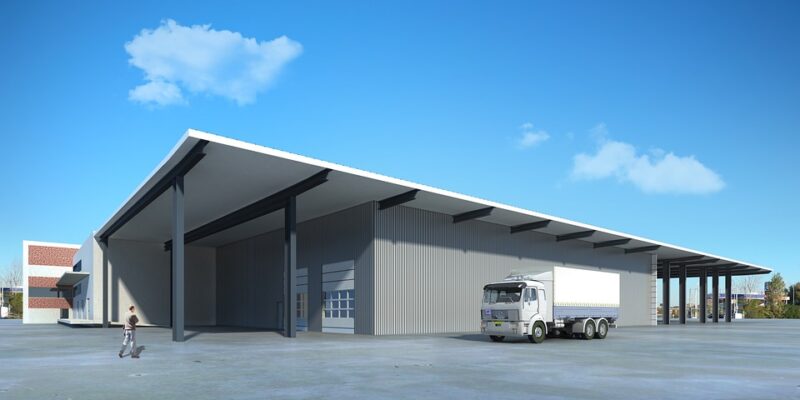The future of healthcare is rapidly evolving, with advancements in technology revolutionizing the way medical professionals diagnose and treat patients. One such breakthrough is the use of 3D visualization in medicine, which allows for more accurate and personalized treatment plans. In this article, we will explore the impact of medical 3D visualization on the future of healthcare.
The Rise of Medical 3D Visualization
Medical 3D visualization is a cutting-edge technology that allows healthcare professionals to create detailed three-dimensional images of the human body. These images can be used to examine internal organs, tissues, and anatomical structures in a way that was never possible before. By visualizing the body in 3D, doctors can better understand complex medical conditions and plan precise treatment strategies.
The use of 3D visualization in medicine is not a new concept, but recent advancements in technology have made it more accessible and practical for everyday use. With the development of sophisticated imaging techniques such as CT scans, MRIs, and ultrasound, medical professionals can now generate high-resolution 3D models of the human body with incredible detail and accuracy.
Applications of Medical 3D Visualization
The applications of medical 3D visualization are vast and diverse, ranging from surgical planning and simulation to patient education and training. One of the most significant benefits of 3D visualization is its ability to improve the accuracy and precision of medical procedures. By creating detailed 3D models of a patient’s anatomy, surgeons can better plan their approach and anticipate any potential challenges before they arise.
In addition to surgical planning, medical 3D visualization can also be used for patient education. By presenting patients with interactive 3D models of their own anatomy, doctors can explain complex medical conditions and treatment options in a way that is easy to understand. This not only helps patients make more informed decisions about their care but also improves their overall experience and satisfaction with the healthcare system.
The Impact of Medical 3D Visualization on Healthcare
The impact of medical 3D visualization on healthcare is profound, with far-reaching implications for the future of medicine. One of the most significant benefits of 3D visualization is its potential to improve patient outcomes and reduce healthcare costs. By enabling more accurate and personalized treatment plans, 3D visualization can help doctors achieve better results with fewer complications, ultimately leading to better overall health and well-being for patients.
Furthermore, 3D visualization can also enhance the efficiency and effectiveness of medical procedures. By allowing doctors to plan and simulate surgeries in advance, 3D visualization can help reduce operating room time and minimize the risk of complications. This not only benefits patients by improving outcomes but also benefits healthcare providers by reducing costs and improving workflow.
Another important impact of medical 3D visualization is its potential to drive innovation and research in healthcare. By providing medical researchers with detailed 3D models of the human body, 3D visualization can help accelerate the development of new treatments and therapies. This has the potential to revolutionize the way we approach a wide range of medical conditions, from cancer and heart disease to neurological disorders and rare genetic conditions.
Challenges and Considerations
While the potential of medical 3D visualization is vast, there are also challenges and considerations that must be addressed in order to realize its full benefits. One of the main challenges is the cost and complexity of implementing 3D visualization technology in healthcare settings. While the cost of 3D imaging equipment has decreased in recent years, it can still be prohibitively expensive for some healthcare institutions.
Another challenge is the need for specialized training and expertise in using 3D visualization technology. Medical professionals must be properly trained in the use of 3D imaging software and techniques in order to effectively incorporate 3D visualization into their practice. This requires ongoing education and support to ensure that healthcare providers are able to maximize the potential of 3D visualization in improving patient care.
In conclusion, medical 3D visualization is a groundbreaking technology that has the potential to revolutionize the future of healthcare. From improving surgical outcomes and patient education to driving innovation and research, 3D visualization offers a wide range of benefits for patients, healthcare providers, and the healthcare system as a whole. While there are challenges to overcome, the potential of 3D visualization in healthcare is immense, and its impact will continue to shape the future of medicine for years to come.
